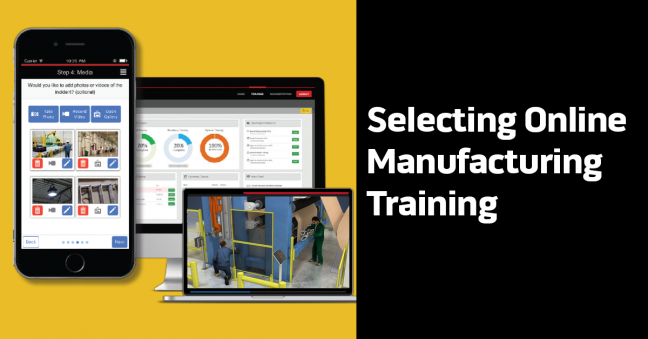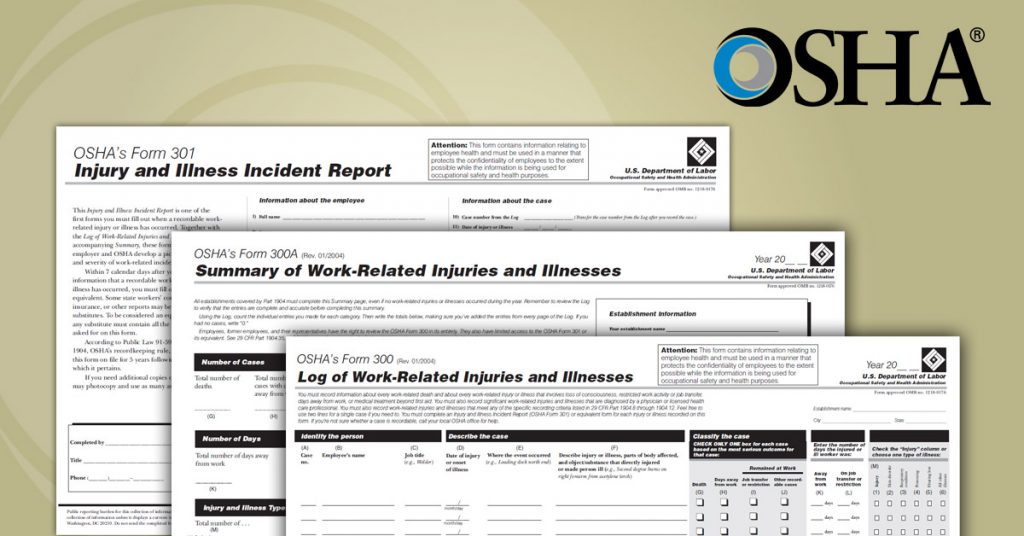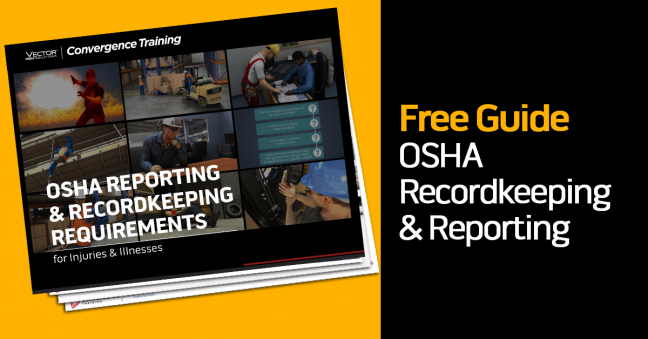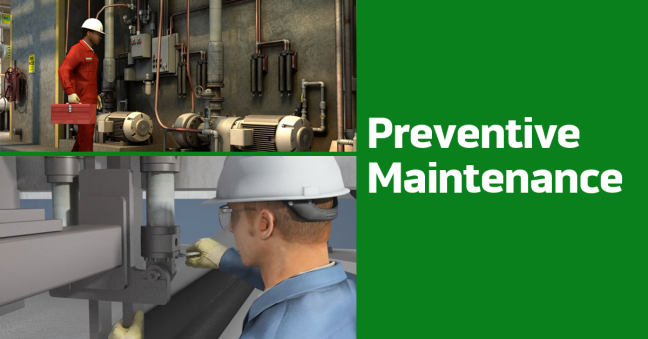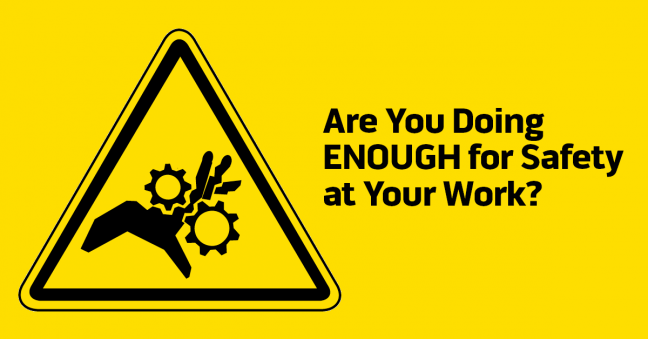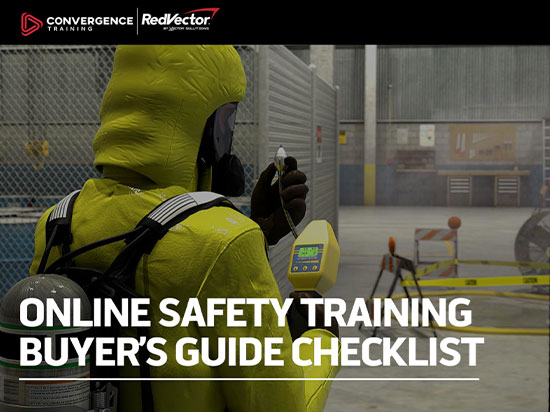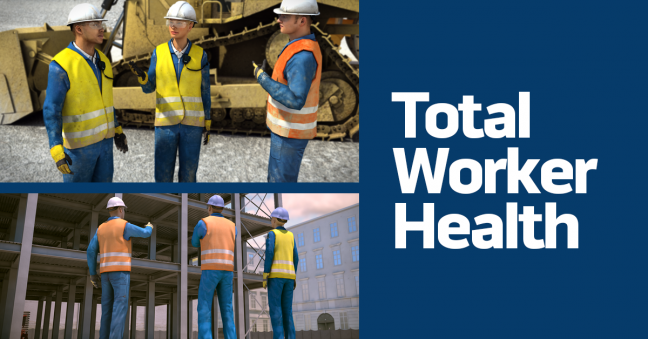
You may know that Convergence Training is part of a larger company called Vector Solutions, and that there are several other business units under the Vector umbrella dedicated to commercial, public, and education sectors.
Once a month, the Vector Solutions blog invites the blogs from the different Vector business unit to share an article from the previous month in a blog round-up article that appears at the Vector Solutions blog.
They’ve done it again, with a series of articles written in January. Here’s what they’ve got for you:
- Vector Solutions on microlearning trends.
- SafeSchools with a story of a customer using their product for anonymous safety tip reporting in education.
- Safe Colleges on tips for improving safety and security on campuses.
- Exceptional Child on addressing the challenges of dyslexia.
- TargetSolutions on 20 top courses to reduce liability in in 2020.
- And your favorite industrial training blog, Convergence Training, with our recent article on safety metrics reconsidered.
If we’ve sparked your interest, check out the November, 2019 Vector Solutions Blog Round-Up.
